I NEED INFORMATION
HOME / I NEED INFORMATION


WHAT IS VIOLENCE?
Domestic violence is any act of physical, sexual, psychological or economic violence that occurs within a family or domestic unit, or between former or current spouses or partners. It mainly includes two types of violence: partner violence between current or former partners or spouses and intergenerational violence, which usually occurs between parents and children.
Violence against women is a violation of women’s human rights and a form of discrimination against women. It is violence that is perpetrated against women because they are women or that affects women disproportionately more. It encompasses various forms of violence experienced by women, such as violence against women in intimate relationships, trafficking in women, sexual violence and rape, sexual harassment, forced marriage, female genital mutilation and others. It includes acts that cause physical, psychological or sexual harm or suffering to women, threats of such acts, coercion and other denial of freedom, whether in public or in private life. Its background is the historically unequal distribution of power between men and women in society.
Violence against women in intimate relationships is one of the most common forms of violence against women. For women, intimate relationships represent a space in which the risk of being subjected to violence is higher than anywhere else. It is violence that is perpetrated against women by their current or former partners and husbands.
Violence against women in intimate relationships can take many forms, but in an abusive relationship it is rarely just one of these forms – it is usually a combination of several forms of violence.
Physical forms of violence range from slapping, pushing, kicking, hitting, hair pulling, burning, pushing out of windows, balconies, hurting with objects, weapons, etc. As a result of physical violence, injuries of varying degrees and severity occur, ranging from bruises, contusions, lacerations, broken bones, injuries with long-term health complications and various chronic diseases. Physical violence can lead to fatal consequences – the murder of women and children. Physical violence also takes hidden forms, such as threatening physical violence (picking up/raising hands), throwing objects close to women or children and other forms of physical threat that do not leave injuries.
Psychological forms of violence include threatening to murder women/children, threatening suicide, kidnapping children, harming family or acquaintances, intimidating a woman, verbally humiliating her, calling her names and insulting her, harassing and stalking a woman, constantly criticising and controlling her.
Social isolation is a serious form of psychological violence. The abusive man prevents and forbids his partner from contact with her family and acquaintances. He often slanders and belittles his partner at work and at various institutions where the woman seeks help. Contact is also denied through monitoring of telephone calls, movement, prohibition of access to the Internet, prohibition to go to work, etc. Under the influence of targeted social isolation, relationships with the close people, family and acquaintances are broken or weakened, thus narrowing the possibilities where a woman can seek help and support.
Economic forms of violence are those behaviours that result in unequal access to and control over the family’s finances. The man does not contribute to the care of the children and the household, decides on the use of joint finances himself, prevents the woman from accessing joint assets, puts the family in debt with loans, etc. As a result of economic violence, the woman has limited financial resources to cover all household and children’s expenses and is often forced to take out various loans to pay for essentials, thus increasing the existential threat to the woman and the children. Women and children often have a lower standard of living than the violent husband/partner/father.
The aim of sexualised violence is not sexual gratification but complete control over the woman’s body. This includes forms of violence such as forcing sexual intercourse or other sexual practices, rape, forcing women to have sex with or in front of other men, etc.
Stalking is a special form of violence that occurs during a relationship, but often also long after it has ended. Forms of stalking include physical stalking of the woman – watching where and with whom she goes; constantly waiting outside work or the house; controlling the woman through frequent phone calls, text messages or emails.
The aim of a man’s violent behaviour towards his partner is to achieve absolute power and control over her life, opinions and body. In order for the abusive man to achieve total power and control, he needs to completely weaken the woman’s personality, her self-confidence and her efforts to act against the violent behaviour. The abusive man gains power and control using certain patterns of behaviour.
Isolation
A woman’s contact with her family and other close people presents possible sources of support and help for her. The abusive partner therefore tries to isolate the woman from sources of information, material assistance and emotional support. Gradually, he isolates the woman from her family and close people.
Maintaining fear and terror
Constant fear and terror is achieved by a man who behaves abusively using direct violence or threats. He threatens the woman with death or serious bodily harm. He may also threaten to kill the children, the woman’s parents, or threaten to commit suicide.
Humiliation and defamation
The abusive man often humiliates the woman by saying that she is an unfit mother or that she is mentally ill, hysterical, etc. The humiliation is aimed at destroying the woman’s self-esteem and mental health. The abusive man insults and defames the woman in front of her children and various institutions in order to question her trustworthiness and shift the responsibility for the violence onto the woman.
Exercising total control
By exercising total control, the abusive man gains control over what the woman does; what she thinks; who she sees and also gains control over her body. He achieves this through various prohibitions, by forcing absolute attention from his partner, by outbursts of jealousy, by forcing sex and sexual practices that his partner dislikes, or by constantly criticizing her opinions and/or appearance. Exerting such control destroys a woman’s sense of her own autonomy.
Accusing the partner of violence and justifying violence
The abusive man usually blames the woman for his violent behaviour with statements such as “if you hadn’t done that, I wouldn’t have hit you”; “if you had taken care of the children, if you had been at home more”; “it’s your fault” and so on. He may also justify his behaviour by saying that he was tired, that he had not had a good day, that he was drunk and did not know what he was doing, and promising his wife that it will not happen again.
Enforcing trivial activities and exhaustion
The abusive man often requires the woman to do certain things in the household at certain times and in a certain way. For example, he may require her to cook, wash and clean at times he specifies and as often as he says. He tells his wife how to do these things. He requires her, for example, to keep the clothes or the dishes in the kitchen arranged in a certain way and in a certain place. In order to achieve this, he threatens the woman with violence. When the woman fails to do this, he punishes her for it. Enforcing trivial activities takes away the woman’s energy and exhausts her. The abusive man may also exhaust the woman by denying her sleep (waking her up several times in the middle of the night or forcing her not to sleep under threat of violence) or food.
Occasional favours
The abusive man does not usually behave violently all the time during the relationship. He alternates violent behaviour with occasional favours – buying her an unexpected gift, flowers, or inviting her to dinner – in order to keep her attached to him. Occasional favours undermine the woman’s psychological resilience because, in a context of denial of normal pleasures and constant fear, it is in these moments that the abusive man ‘indulges’ the woman with something to which she otherwise has no access. The alternation of violence with periods when the man is kind confuses the woman and makes her think that there is hope that the man can change and stop being violent. The man is thus also justifying his violent behaviour. It is targeted behaviour, the aim of which is not to change but to re-attach himself to his partner and thereby reinforce the power and control he has over her. In the overall context of an abusive relationship, the occasional favours from the man should be seen as targeted strategies of his violent behaviour.
Women’s distorted perception of herself and reality
As a result of the application of these patterns of violence, the woman’s perception of both herself and her partner’s violent behaviour is distorted. Manifestations of the distorted self-perception and destruction of the woman’s self-image are, for example, when the woman thinks that she is to blame for the violence; or that her personality and her actions are the reason for the violence; or when the woman considers the man’s restrictive jealousy a proof of love; or when she justifies the man’s violent behaviour by saying that the man drinks alcohol, or is nervous, or has lost his job, etc. In addition to the behavioural strategies of the abusive man, society’s traditional views of the role of women also play a part in these manifestations of women’s distorted self-perceptions.
The abusive man perpetrates violence repeatedly and over a long period of time. Although the forms of violence vary from case to case, violent behaviour has a typical dynamic that is the same in all cases. It is a cyclical alternation of several phases.
Tension building
Tension builds up in the relationship, for example because the woman has a different view of things and expresses disagreement. The abusive man tries to gain power and control over the woman.
Violence/explosion
Tension escalates into violence. The man commits a violent attack (any of the forms of violence, or their combination).
Silence/denial
After the attack, the abusive man denies the violence committed or downplays it. At this stage, the woman is most often silent because she fears further violence or decides to seek help and plans to leave the abusive relationship.
“Honeymoon”
The next phase is the “honeymoon” phase. The man often shows his wife various acts of kindness (gifts, expressions of love and affection) or promises that he will not behave violently anymore, that he will change.
After this phase, tensions begin to build up again in the abusive relationship and the phases are repeated. Both the woman and the children usually feel that violence will occur again. However, they do not know when and how, which causes constant uncertainty and fear on the part of the woman and the children. Over time, the degree and severity of the violent behaviour escalate, the duration and alternation of the phases shortens. In practice, the shortening of the phases means that the time between each explosion of violence becomes shorter. For example, at the beginning of the relationship, the man committed an attack once every six months, but over time the attacks occur regularly once or more times a month, eventually they occur daily. In the cases of violence that occurs very frequently (e.g. daily) and for particularly dangerous forms of violence, very rapid and effective intervention is essential to prevent further, more serious violence or the murder of women and/or children.
How common is violence?
The role of data in the development, implementation and monitoring of policies to combat violence against women is crucial. It is one of the important prerequisites for increasing knowledge of the problem and eliminating violence against women.
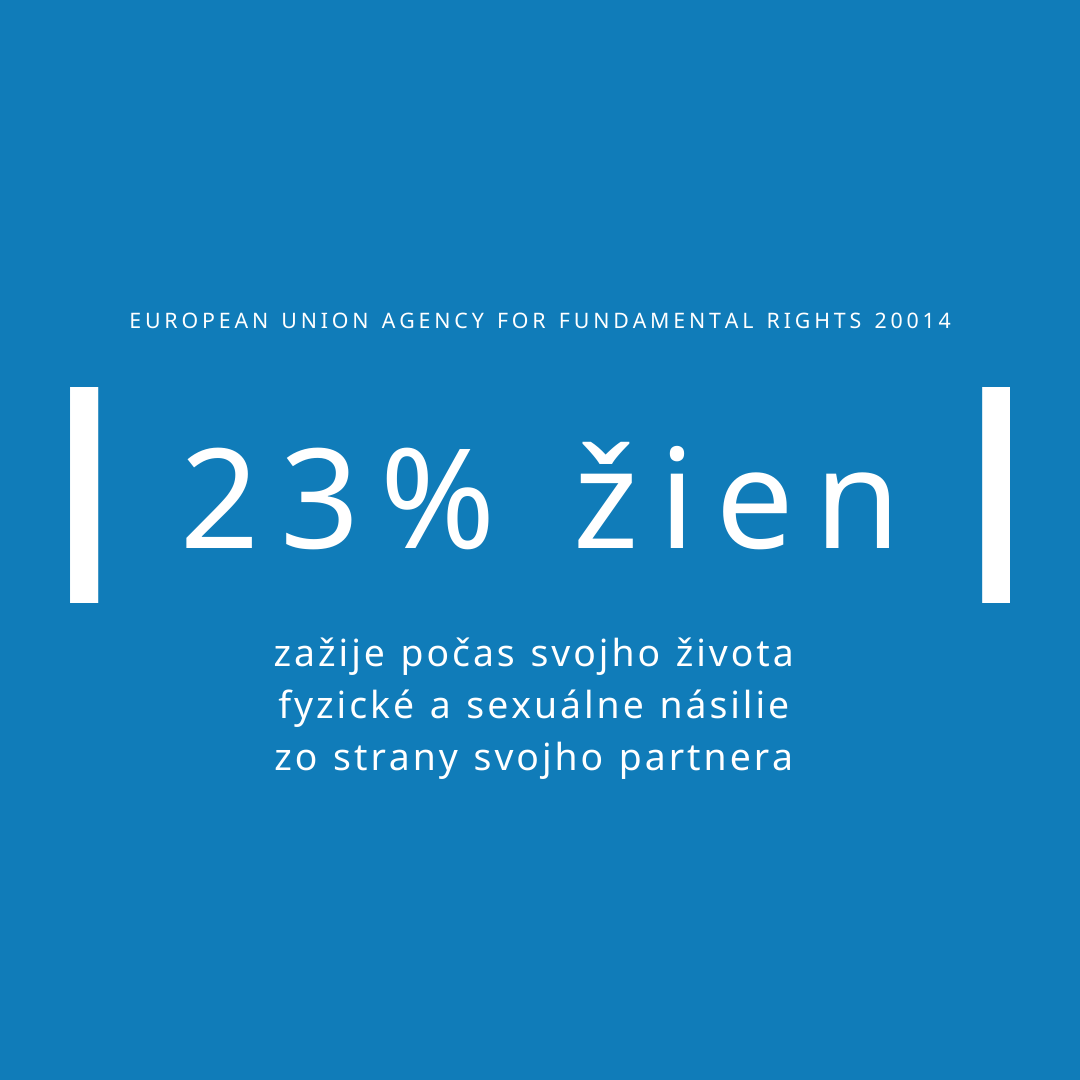
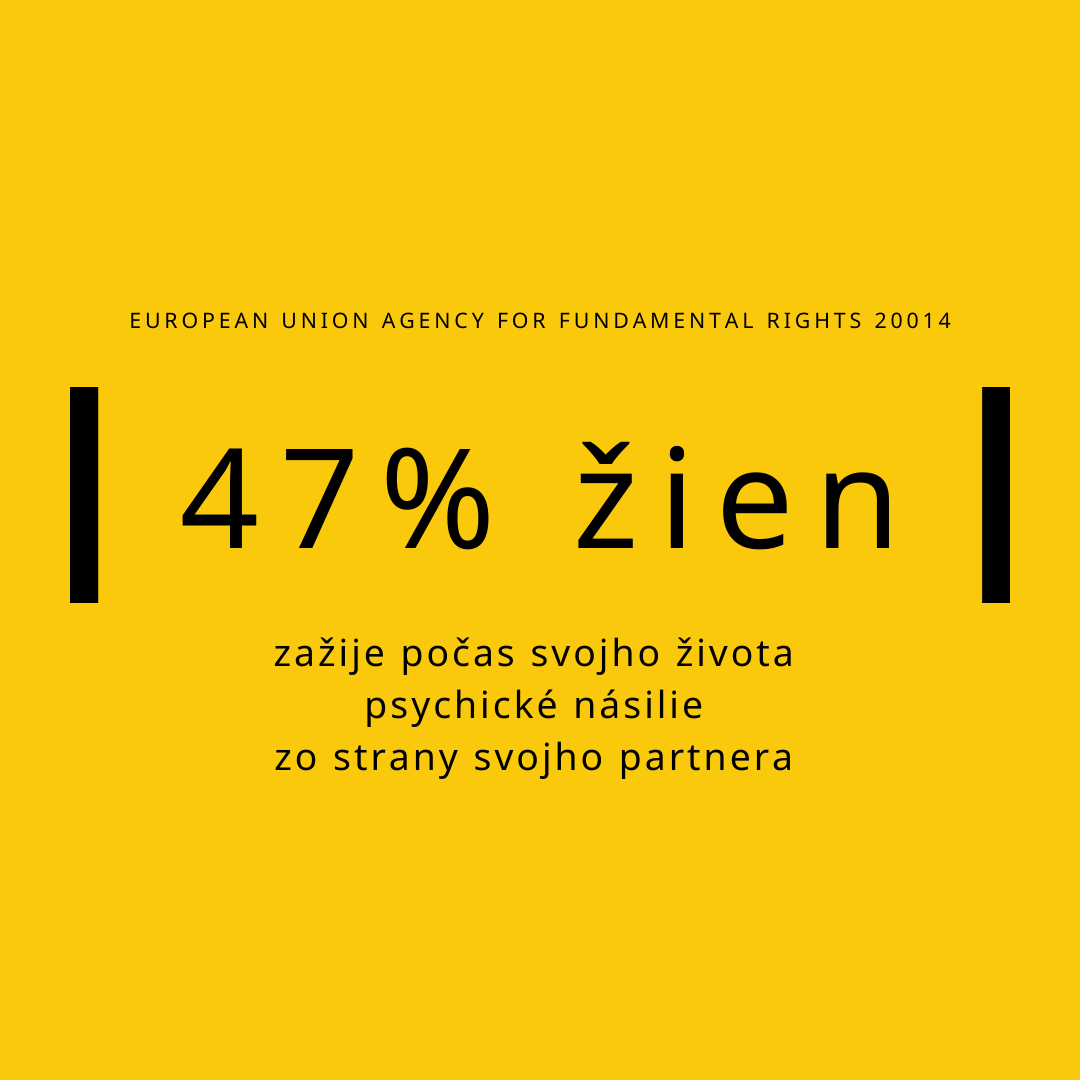
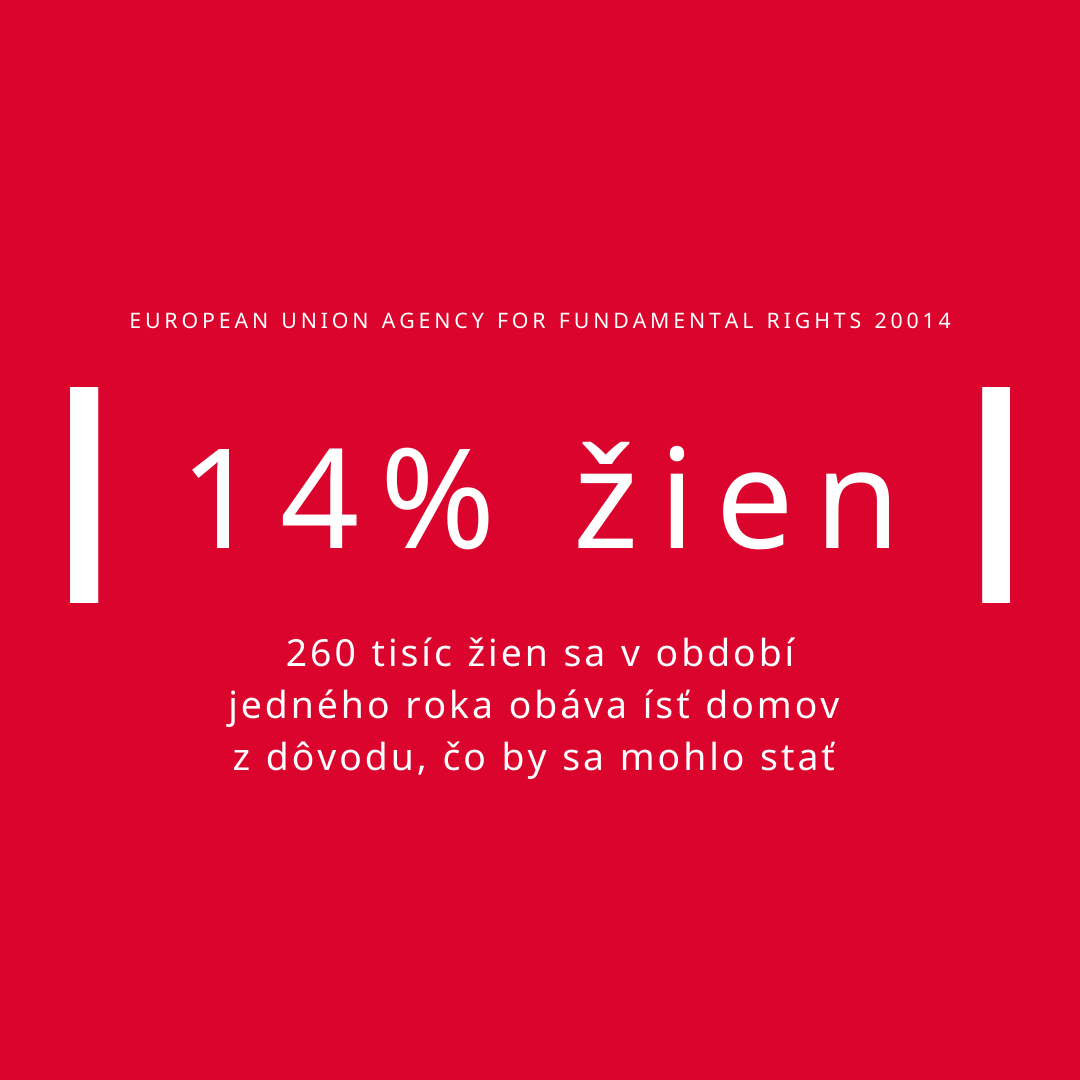
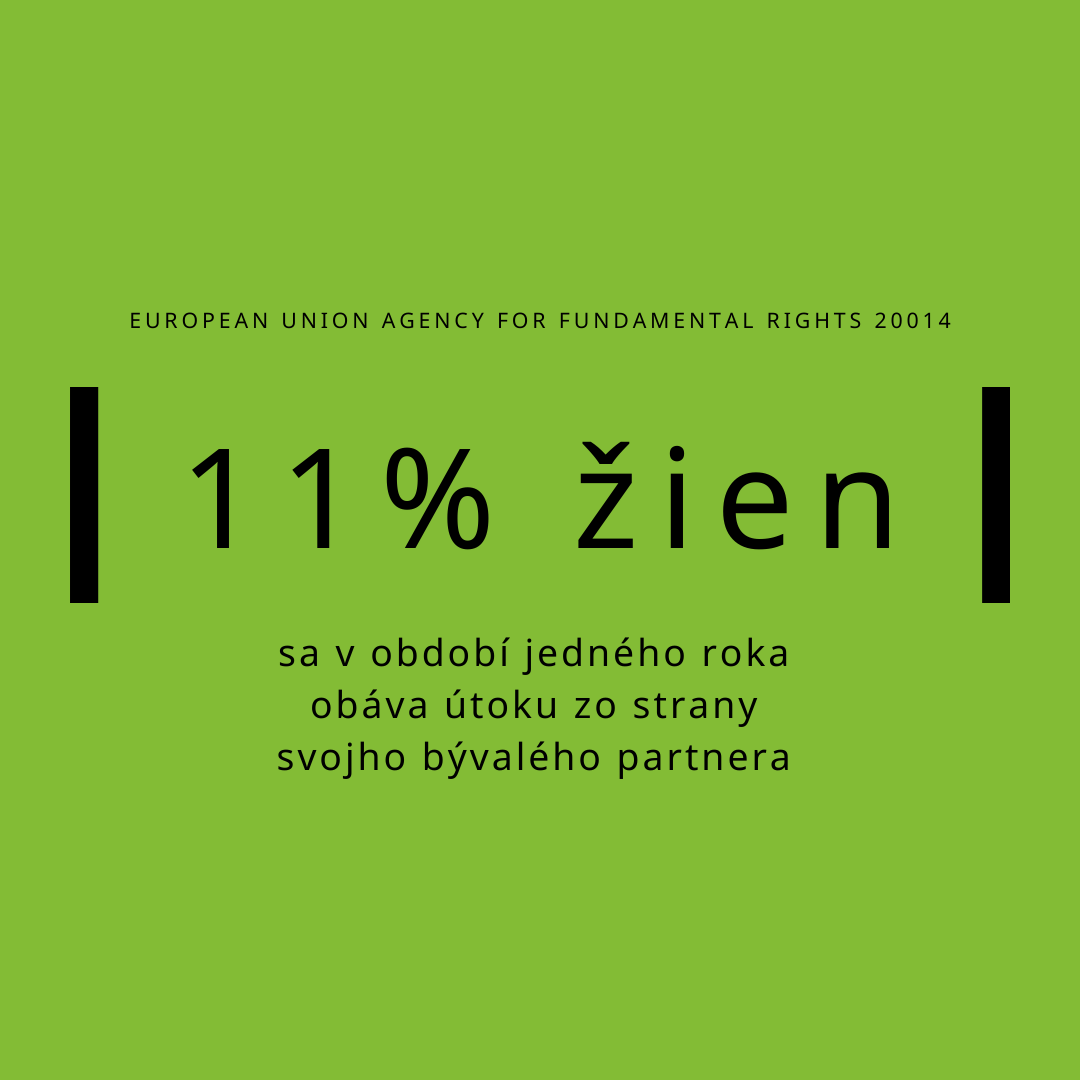
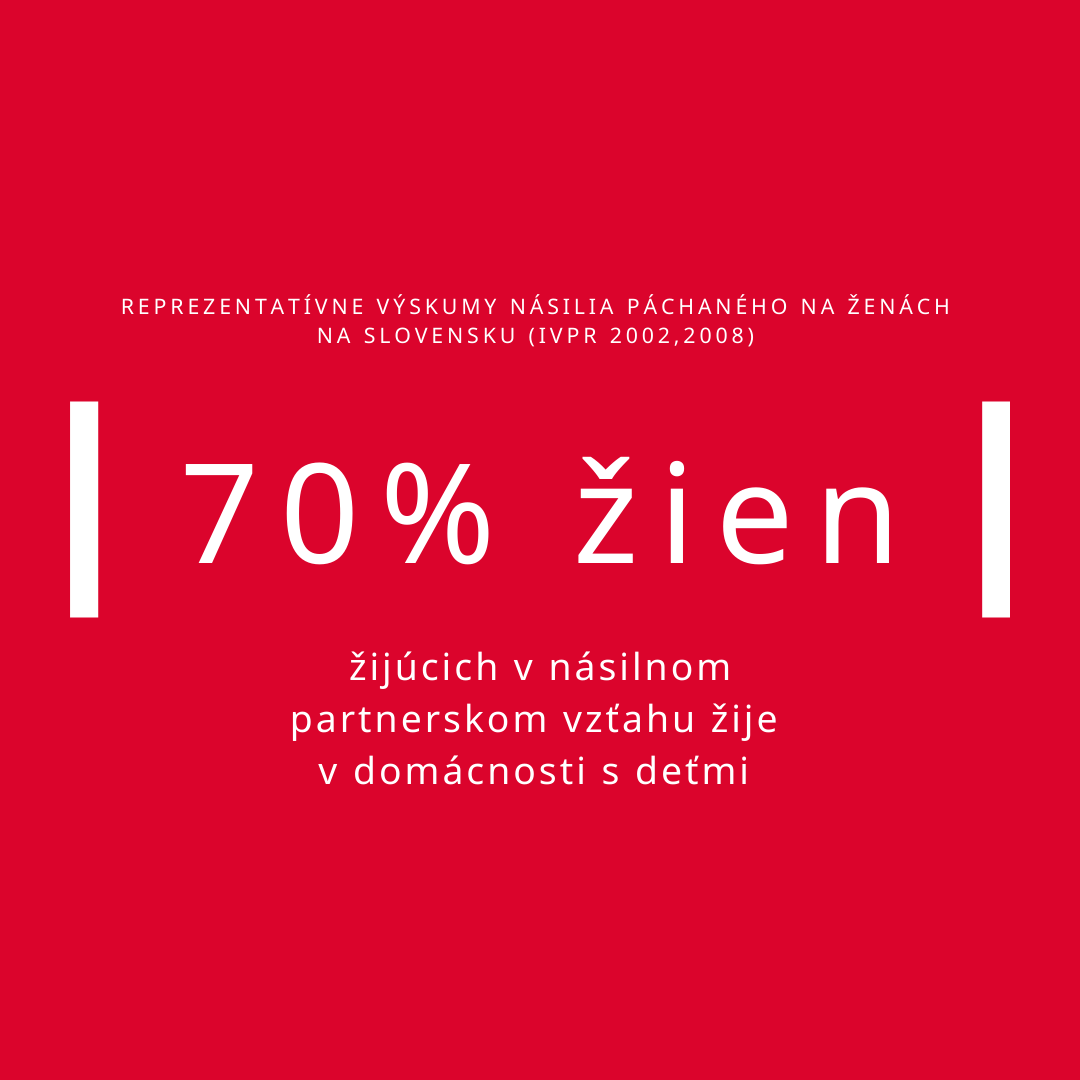
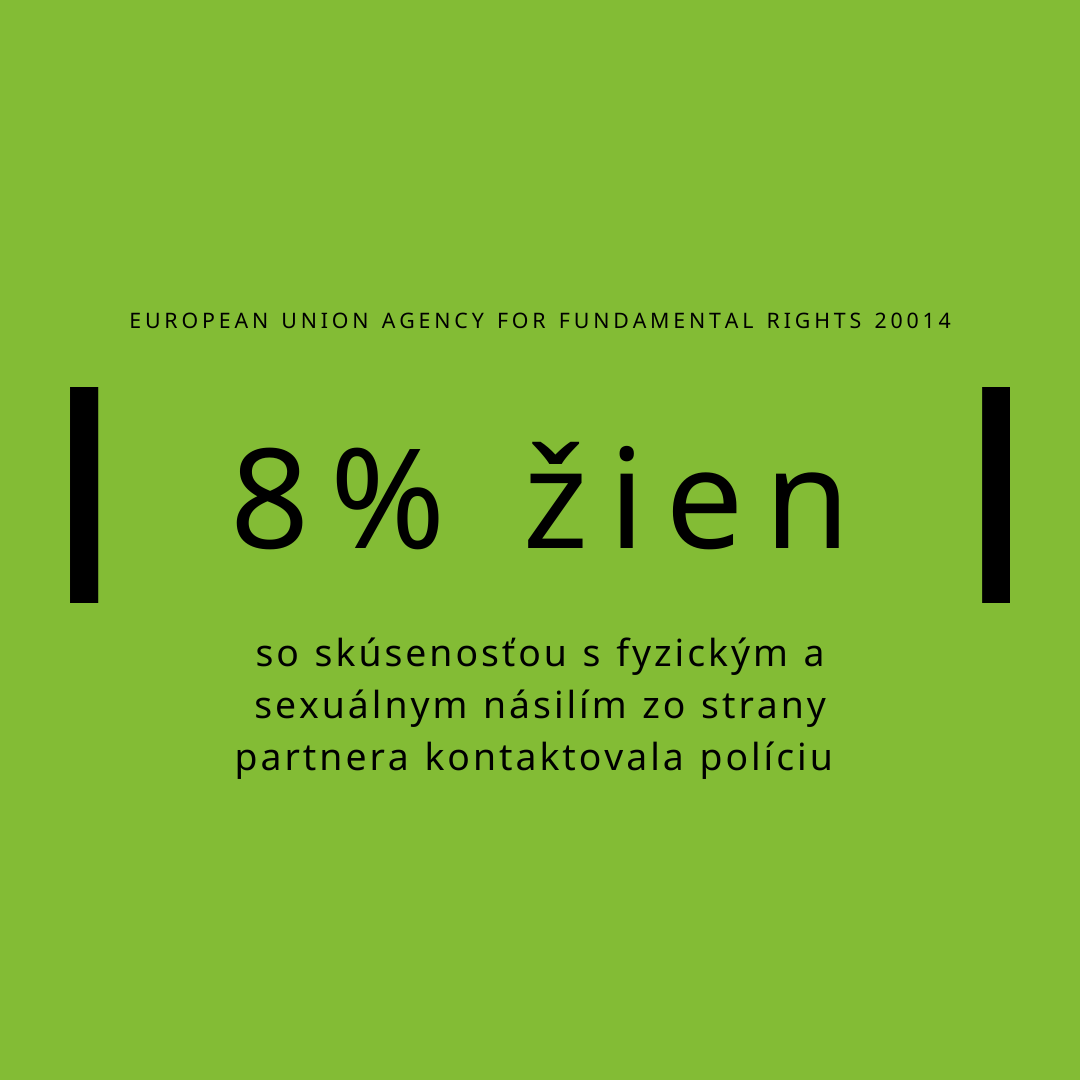
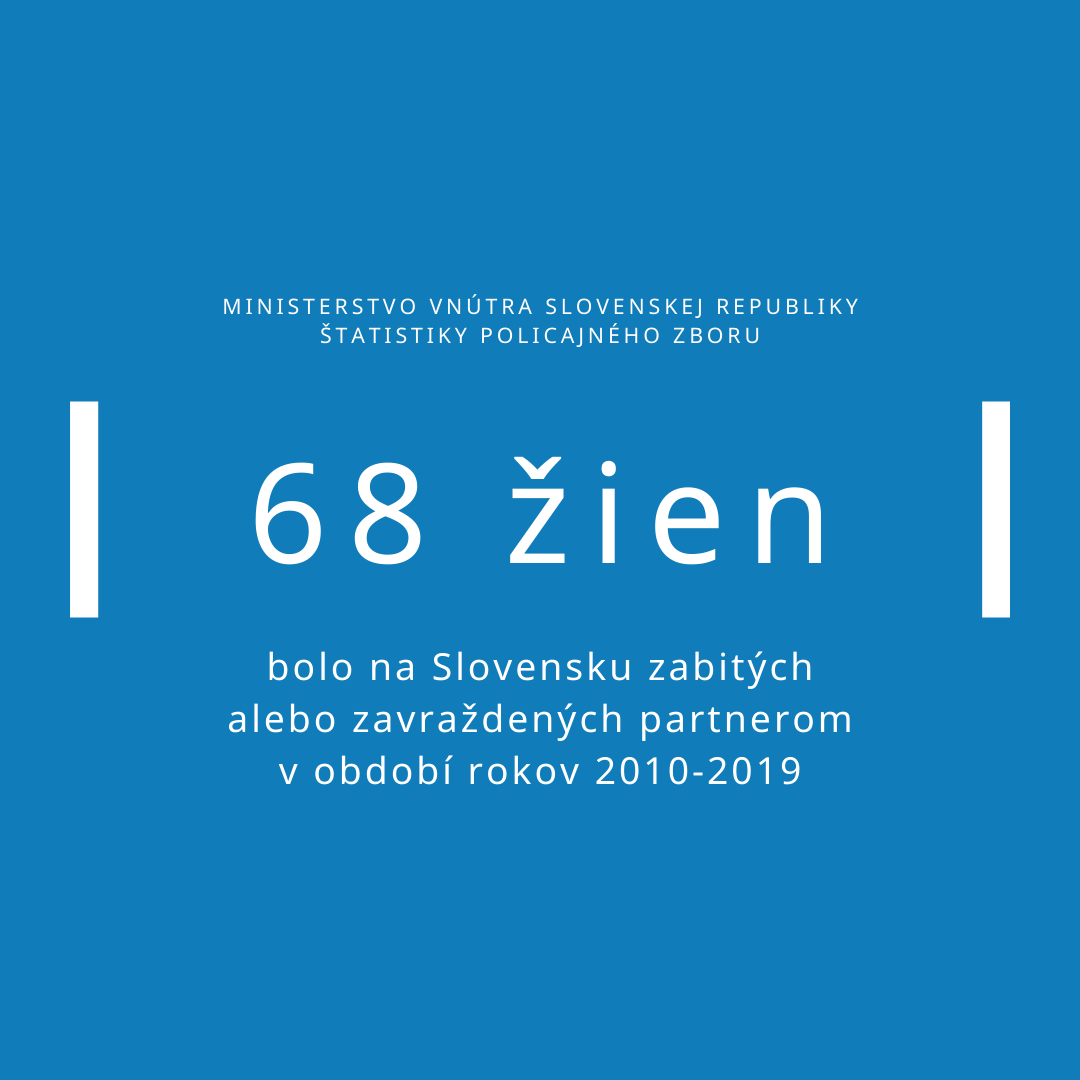
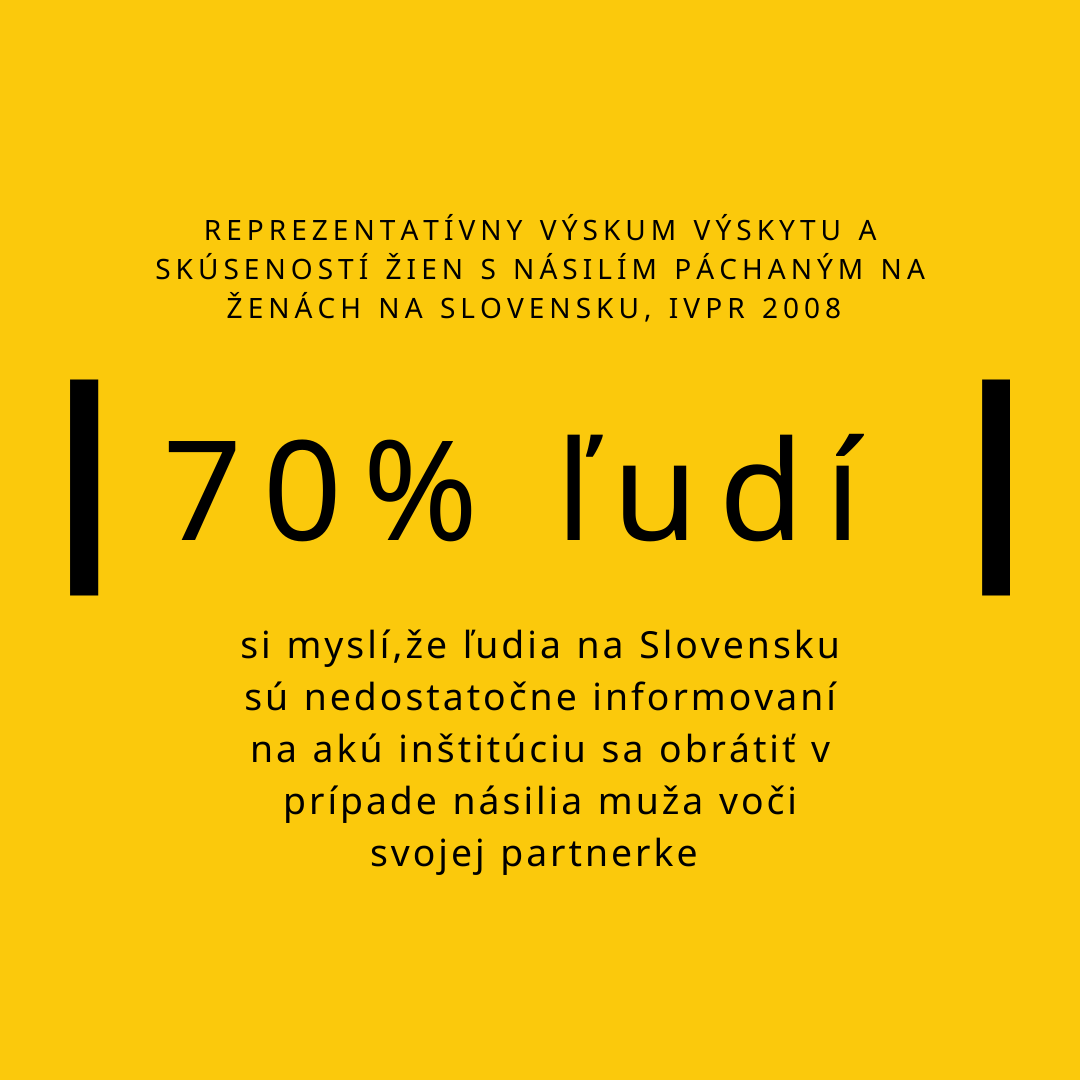
Population prevalence data show us how many women have experienced violence from a partner and are useful for developing effective policies.
Administrative data from state and public institutions and organisations show us to what extent the police, courts, prosecution, social welfare system, health care system and the system of support services run by NGOs serve women experiencing violence and their children.
DOCUMENTS ON VIOLENCE AGAINST WOMEN
Warning: Invalid argument supplied for foreach() in /data/b/1/b18d99a7-d8bc-4c11-ab2a-8a35cd618502/fenestra.sk/web/wp-content/themes/astra-child/functions.php on line 188
What are the consequences?
Violence affects all areas of the lives of women who experience it and their children. Its effects not only on the health and lives of women and their children, but also on society as a whole, are long-lasting and serious.
The immediate effects of violence on women’s health are injuries of varying severity. Injuries may be permanent and manifest immediately or may result in chronic problems that manifest later. The most serious consequence of violence against women is the killing of the woman by the abusive partner.
Women who experience abuse from their partners often suffer psychosomatic problems as headaches, backache, lower abdominal pain, weakness and persistent fatigue, dizziness, insomnia, indigestion, non-specific gynaecological problems and so on.
Pregnancy is a particularly vulnerable time for women experiencing violence in relationship. Violence does not stop during pregnancy; on the contrary, it often escalates. Women experiencing violence are more likely to experience complications leading to miscarriage or premature birth during pregnancy.
Men who are violent towards their partners use a variety of strategies to undermine women’s self-esteem and self-worth. Feelings of worthlessness, helplessness, guilt and shame can prevent women from seeking help and confiding their situation to someone.
Anxiety and fear are the most common and prominent feelings that women experience as a result of prolonged violence. The woman is tense, always ‘on guard’ and constantly checking her behaviour to prevent further attacks. The abusive man may use the woman’s mental state resulting from the violence she has experienced against the woman in order to shift the blame for the violence onto her.
Women who experience violence are more likely to suffer from sleep and memory disorders, concentration and attention disorders, depression, eating disorders and self-harm. Women experiencing violence are more likely to attempt suicide.
The effects of violence on women’s econo mic situation are far-reaching and last long after the abusive man has left.
It is important for the woman’s economic independence that she has a job. Some women are prevented from working by their abusive partners. Women who experience partner violence are at multiple risk of losing their jobs. One one of the reasons is that they are more likely to be unable to work because of injuries or illnesses resulting from violence. Violence tends to leave women exhausted, which reduces their work performance. Sometimes the abusive man harasses the woman in the workplace, harasses her and her colleagues, actively seeks out her superiors, in front of whom he defames and slanders her, and takes many other steps to make the woman lose her job. After leaving the abusive man, the woman is often forced to go to live in another city or region and has to leave her job.
The woman’s housing situation is also at risk after leaving the abusive partner. In cases where she is not a co-owner of the house or flat in which they lived together, or after the division of property, the woman may not have enough money to buy a flat for herself and the children, and living in a rental is much more expensive. Lack of finances, fears for their future and for the future of their children often prevent women from leaving violent men.
Violence against women in intimate relationships has an extremely negative impact on society as a whole. In many countries there are calculations of how much violence against women costs the whole society. These amounts are in millions of euros a year and are calculated from the cost of the healthcare that women and their children need as a result of the long-term effects of violence on their physical and mental health, the losses that women incur as a result of losing their jobs or housing as a result of violence, as well as the costs of investigating and prosecuting violence against women. However, the economic impact is not everything.
The most serious effect is the thousands of women and their children who are having their human rights and freedoms violated. This is often done with impunity or with the disproportionately low penalties that violent men face in the justice system. If society does not have or effectively implement mechanisms to prevent violence, to protect and support women and children, and to hold the perpetrators of violence against women appropriately accountable, both socially and criminally, the tolerance of violence in society is not reduced. Nor is it diminished if the state does not have good tools and long-term strategies to gradually eliminate the causes of violence, which are inequalities between women and men in society in both the private and public area. Violence is then passed on from generation to generation through these inequalities.
What impact does violence have on children?
Every child is unique, children thus react to violent situations in different ways.
Violence against women and violence against children are closely related issues. In current practice, however, these problems are often addressed separately. Children of women who experience violence at the hands of their husbands/partners are usually referred to as ‘secondary victims’ of violence. Nowadays, however, it is becoming clear that violence against mothers has a direct effect on their children, and the mere sharing of a threatening atmosphere in the home has a devastating effect on the child’s development. Many sociological studies reveal a close relationship between violence against women and violence against children in the domestic context. Research shows that 90% of children are present when violence occurs. One-third of children witness violence, try to protect their mother, and may directly experience violence themselves. The need to protect children is often a motive for women to leave the abusive man. Sometimes children, especially when they are older, tell their mothers to leave because they fear for their mother’s or siblings’ health and life, as well as their. On the other hand, fear for the children and fear that the man will carry out his threats may be the reason why women do not report the violence and do not seek help and choose to stay in the abusive relationship. Often these threats are about killing or harming the children; abducting the children; intimidation that the woman will lose the children, that the court will not entrust their custody to her, and so on.
For some children, experiencing violence can cause problem behaviour at home or at school. Other children may be quiet and withdrawn. Children need to develop strategies to cope with violent situations so that they can protect themselves as much as possible. Some children may try to protect mother or siblings. Such situations can be dangerous for them. There may be a situation when the child is forced to behave violently towards their mother or take father’s side. Most of the time they do so out of fear of the abusive father.
The experience of violence affects a child’s childhood. As a result of violence, a child may have few friends and playmates and be isolated. Sometimes they are ashamed of what is happening at home. The father may forbid the child from making friends with other children. At other times, the children do not trust themselves and therefore prefer not to look for friendships. They do not have the space to pursue their hobbies, pastimes and play. Throughout their childhood they are accompanied by fear and struggle for survival. In violent situations, the child does not have appropriate conditions, space, time and peace of mind to prepare for school. School itself is an increased burden for the child. Repeated violence disrupts the conditions for the child’s healthy development. Often they do not have enough peace and security. Such a situation is excessively burdensome and difficult for the child to cope with.
If children have witnessed violence against their mothers over a prolonged period of time, they may lose respect for both parents. Their mother loses parental authority over them, while their father controls them through intimidation or manipulation. After leaving an abusive relationship, mothers need support in re-establishing their position in relation to their children. In cases of violence against women in intimate relationships, family relationships are structured hierarchically. Escaping or leaving the abusive relationship ends the hierarchical structure, which can cause serious problems in the relationship between the mother and her children. Therefore, it is important to continuously provide support and assistance in reconstructing their relationship so that it is based on mutual respect and equality.
Children can show a wide range of reactions to the violence they experience. Younger pre-school children do not understand violence and often think that violence happens because they do something wrong. Such self-blame leads to feelings of guilt, worry and anxiety. Young children cannot put these feelings into words. The fact that they experience these feelings is particularly evident in their behaviour. They may be reserved, withdrawn, or introverted. They may have difficulty sleeping, eating, concentrating and may experience anxiety and physical problems such as headaches and stomachaches.
Unlike young children, older children of school age can express their negative emotions. The most common problems they experience as a result of violence are anxiety, sleeping and eating problems, nightmares, loss of interest in social activities, low self-esteem, withdrawal or avoidance of peer relationships, rebellious and oppositional behaviour at school. Anger outbursts, irritability, conflicts with other children at school, destruction of belongings, and violent behaviour towards classmates are common. Older children may exhibit truancy, poor grades in school, or delinquent behaviour.
Most children who have been exposed to their father’s violent behaviour towards their mother for a long time period of time are likely to be traumatised. All children who have experienced this need qualified help.
Children can experience violence in very different ways. Simply put, they are either overwhelmed by a range of emotions that they may not even understand themselves, or they learn not to show any feelings at all. As violence is usually a long-term experience, children’s feelings may vary depending on the age of the child and the nature of the violent situation. Some children may not understand that violent behaviour is not okay, that it is unacceptable and that no one has the right to behave violently towards them or other people. When children witness their father’s violent behaviour, they feel helpless. They may also feel guilty about what is happening. Many children think that the violence is their fault.
Most children feel relieved if they can leave the home where violence is present. Above all, they feel that they no longer have to carry that huge burden because their mother got help and they begin to see themselves in the role of children again. Safe environment such as a women’s safe house or a counselling centre gives children the opportunity to talk about the violence they have experienced. However, for many children, running away from home also means losing their family, friendships with other children and relationships with people who are important to them. Many children also miss their father, even though they were afraid of him. Separation from their father can be painful. Children need support to enable them to grieve what they have lost.
Children who experience violence have specific needs. Most children usually look to their parents for support in difficult situations. Children who experience violence do not have such emotional support because the father who behaves violently makes the child feel fearful and threatened and the mother who experiences violence is herself traumatised by it.
Children need to understand that they are not responsible for the violence. They need to know that they are loved and have an important place in their parents’ lives. They need to understand that violence is not normal and common behaviour in the family. They need to understand that they are not the only children who experience violence, and that other children also cope with the problems that violence causes them.
After experiencing extreme violence, children need physical safety and they need to know that someone will take care of them. They need to understand that if violence happens, it is not their fault. They need stability and a regular routine. In addition, many of them need to learn non-violent patterns of behaviour.
Children develop their own strategies for how to react and cope with situations of violence. Many children try to intervene in the violent situation, to stop the father and defend mother. When they do this, there is a risk that the father who is behaving violently will also attack them. On the other hand, some children are afraid to intervene and later feel guilty for not having done anything. Others are aware of their mother’s difficult situation and take responsibility for caring for and protecting their siblings. In many cases, violence against the mother leads to a reversal of the roles of parents and children: the children take over some of their parents’ responsibilities. This role reversal is also known from other contexts, for example in cases where parents are alcoholics or use drugs or other addictive substances.









